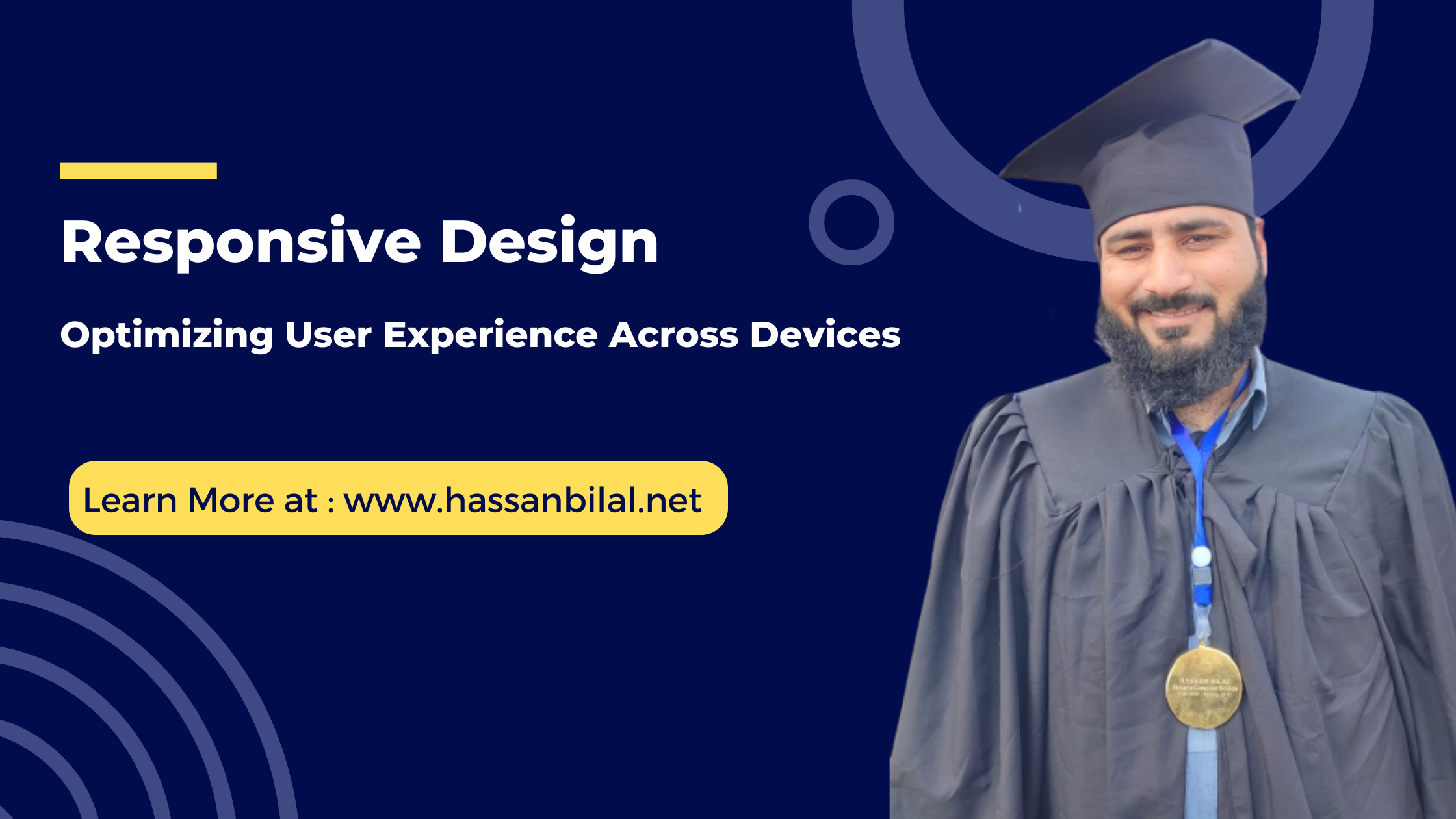Search Engine Optimization & Marketing
Responsive Design: Optimizing User Experience Across Devices

Responsive Design is a critical aspect of modern web development that focuses on creating websites that adapt and respond seamlessly to different screen sizes and devices. In this blog post, we will explore the technical aspects of Responsive Design and discuss how it can enhance user experience, improve search engine rankings, and drive conversions.
Understanding the Importance of Responsive Design
Responsive Design ensures that your website looks and functions flawlessly regardless of the device being used. With the increasing variety of screen sizes and device types, it is essential to provide a consistent and user-friendly experience to all visitors. By embracing Responsive Design, you can cater to the needs of mobile users, boost engagement, and ultimately drive conversions.
Key Principles of Responsive Design
Fluid Grids:
Responsive websites utilize fluid grids that dynamically adjust elements based on the screen size. This allows the layout to adapt and maintain proportionality, ensuring optimal readability and usability.
Flexible Images:
Responsive websites employ techniques such as CSS media queries and flexible images to ensure that visuals are appropriately scaled and rendered on different devices. This prevents image distortion or the need for excessive scrolling.
Media Queries:
Media queries are CSS rules that apply specific styles based on the characteristics of the device or screen size. By using media queries, you can create breakpoints for different screen sizes and tailor the design accordingly.
Mobile-First Approach:
Adopting a mobile-first approach means designing websites with mobile users in mind as the primary target audience. This approach ensures that the website is optimized for mobile devices and then progressively enhanced for larger screens.
Benefits of Responsive Design
Enhanced User Experience:
Responsive websites provide a consistent and intuitive experience across devices, reducing user frustrations and improving engagement. Users can easily navigate, consume content, and interact with your website regardless of the device they are using.
Improved SEO Performance:
Search engines like Google prioritize mobile-friendly websites in their rankings. By implementing Responsive Design, you improve your website’s mobile-friendliness, leading to better search engine visibility and potentially higher rankings.
Increased Conversion Rates:
A user-friendly and visually appealing website leads to increased conversions. With Responsive Design, visitors can seamlessly complete desired actions, such as making a purchase or filling out a form, leading to higher conversion rates.
Cost and Time Efficiency:
Creating a single responsive website is more cost-effective and time-efficient compared to developing multiple versions for different devices. Maintenance and updates are also simpler with a unified responsive design.
Measuring the Success of Responsive Design
To measure the effectiveness of your Responsive Design efforts, consider tracking the following metrics:
Mobile Traffic:
Monitor the percentage of traffic coming from mobile devices. By tracking this metric, you can assess the impact of your responsive design on attracting and engaging mobile users.
Bounce Rate:
Analyze the bounce rate of your website across different devices. A high bounce rate on specific devices may indicate issues with your responsive design that need to be addressed.
Conversion Rates:
Measure the conversion rates for different devices. Compare the performance of mobile users to that of desktop users to identify any discrepancies and optimize the user experience accordingly.
Page Load Speed:
Monitor the page load speed of your website on different devices. Responsive design should ensure fast loading times to avoid user frustration and potential abandonment.
Conclusion
Responsive Design is a fundamental aspect of modern web development that prioritizes user experience across devices. By implementing fluid grids, flexible images, media queries, and adopting a mobile-first approach, you can create websites that provide a seamless and engaging experience for all visitors. The benefits of Responsive Design include enhanced user experience, improved SEO performance, increased conversion rates, and cost and time efficiency. Remember to measure the success of your Responsive Design efforts using relevant metrics and continually optimize your design for optimal results.
